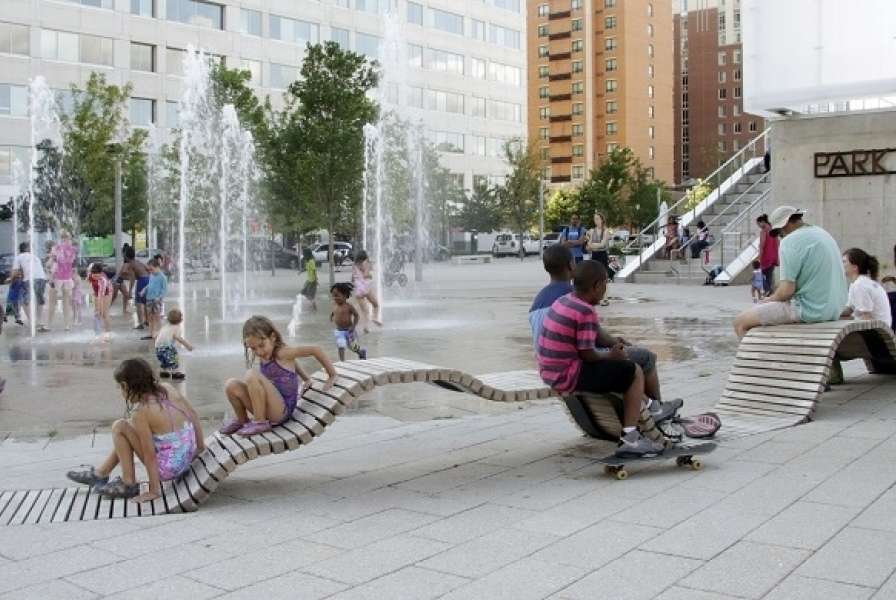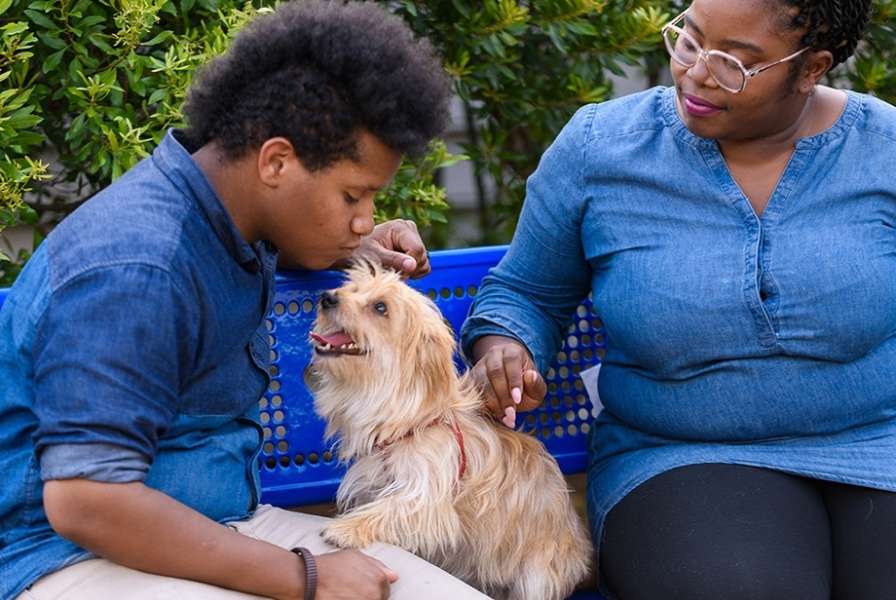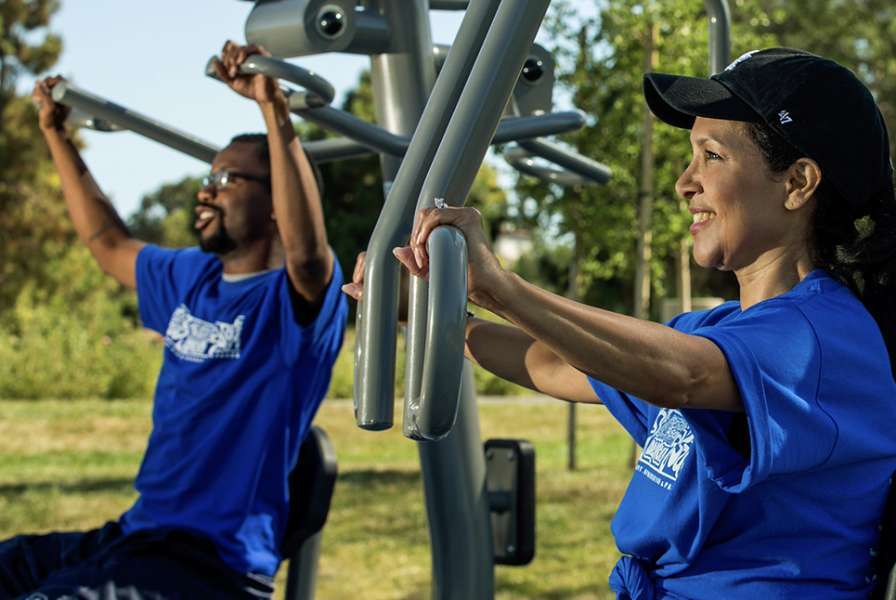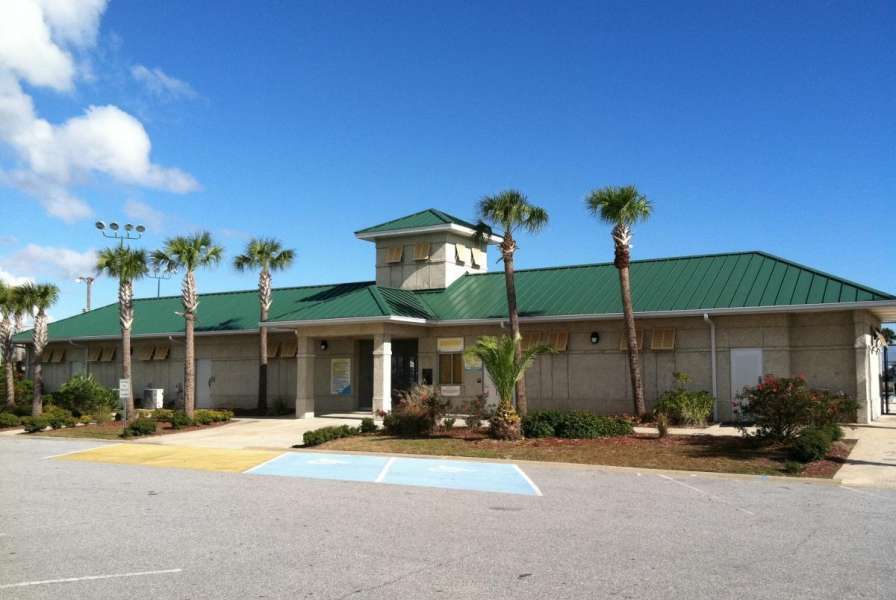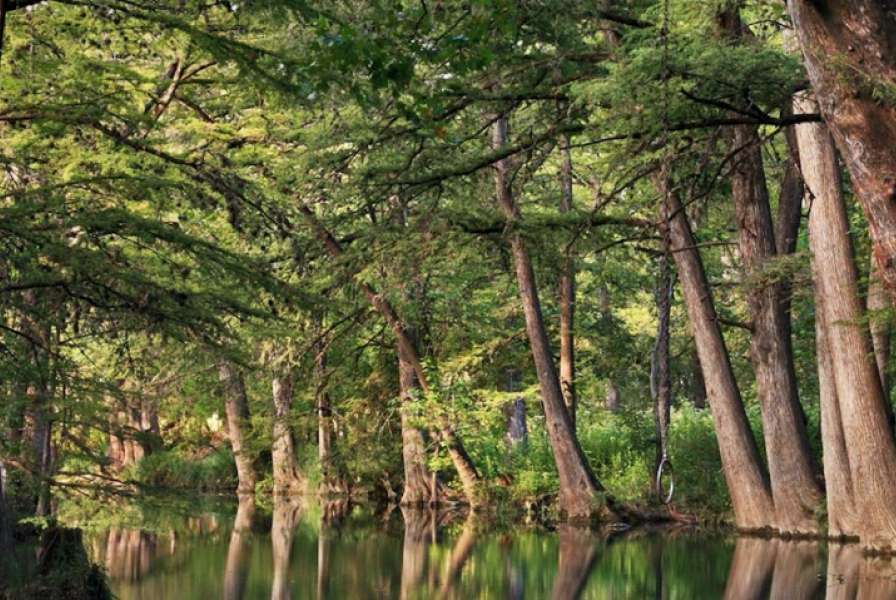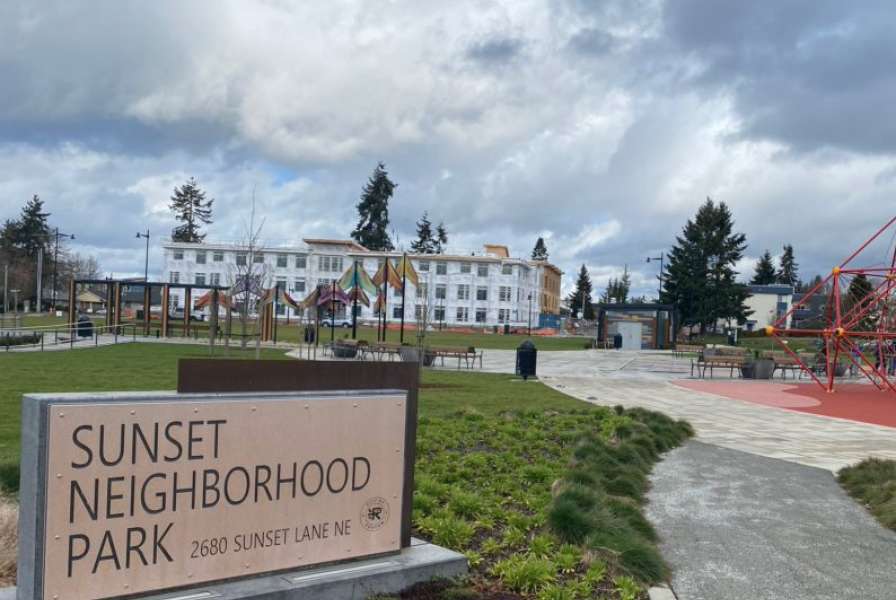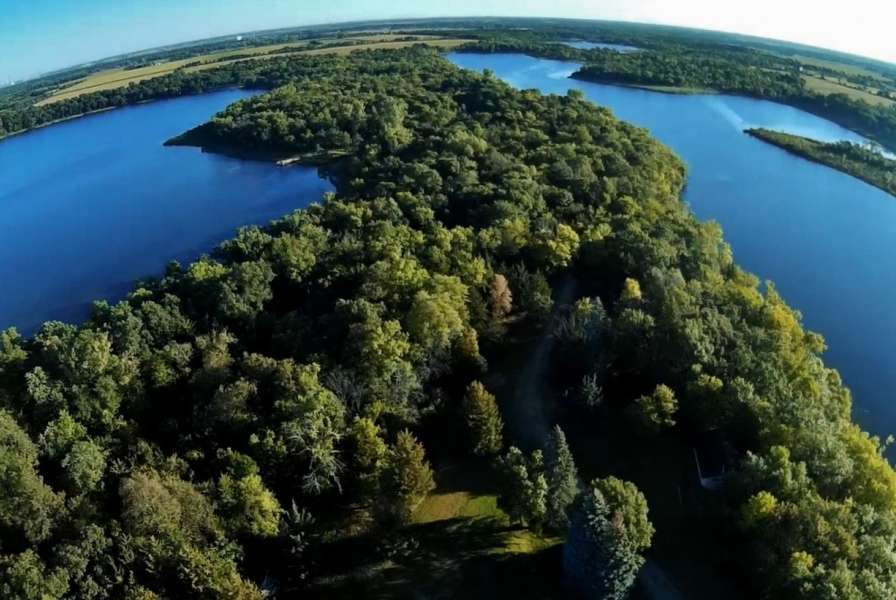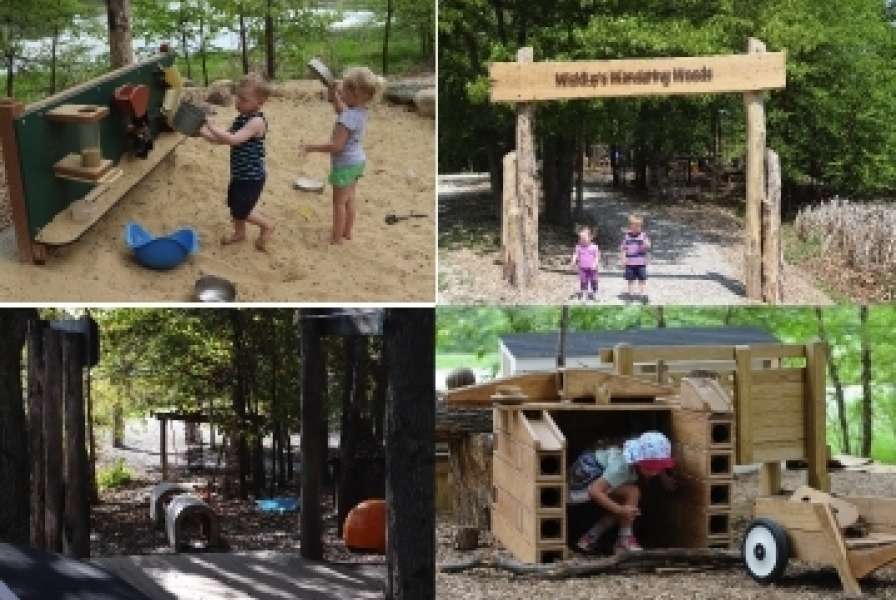Social contact is good for people. There are beneficial opportunities with friendships and activities between people of different generations. While there are many shared issues that are relevant to all people, they may be experienced in different ways depending on the generation. Intergenerational activities build on the strengths that different generations have to offer, build understanding and mutual respect, and challenge the stereotypes of ageism. So how do we promote contact between generations for the common good? Two broad approaches can be identified: first, the creation of ‘inclusive’ spaces, environments, activities, and cultures that provide a platform for strong intergenerational relations; second, the deliberate exposure of groups and organizations from different generations for the purpose of improved intergenerational understanding, empathy and exchange.[i]
People of all ages benefit from the increased physical activity, access to vitamin D, fresh air, and reduction of health risk factors associated with outdoor activity.[ii] Being in an outdoor environment helps people relax, and can help to restore the mind from stresses such as school, work, family pressures, or loneliness.[iii] Green spaces may be particularly beneficial for older adults as they can provide safe opportunities to be active and interact with other people, while stimulating the mind and senses.[iv] Additionally, access to shared public spaces can reduce improve coping abilities, encourage multigenerational interaction, reduce social isolation, enhance relationship-building skills, and improve or maintain cognitive function.[v] The demand for quality children and youth services compounded with the increasing need for creative older adult programs creates an environment ripe for innovative intergenerational spaces.
However, it’s important to note that while a space may be multigenerational, it may not be intergenerational. Multigenerational simply refers to a composition—people from different generations are present. Intergenerational refers to an active exchange or connection between and among the generations,[vi] and this is where there is a great opportunity to enrich both people and the environment, while promoting a wealth of positive benefits for all.
Great intergenerational built environments may include inclusive play areas with ramps that are inviting to all people, including aging family members and caregivers. Gathering spaces nearby invite family picnics, rest/reflection, and quiet places away from the activity center. Family friendly playful activities also include challenge courses, be sure to evaluate the obstacles to ensure that they are able to be used in a multitude of ways, by people of differing strengths and physical development. Splash pads are another fun activity for any age, and in warm climates, they are a great way to cool off. Be sure to include shade in any family-friendly environment, whether built or nature based, to ensure people have opportunities to escape the heat and sun.
Check out Transformational Impact: Designing Public Spaces to Promote Intergenerational Play and Recreation for more detailed planning info and to read case studies of family friendly parks.
[i] J Lloyd, The State of Intergenerational Relations Today, 2008. ILC-UK
[ii] Outdoor Adult Fitness Parks:
[iii] Kaplan, S. 1995. The Restorative Benefits of Nature: Toward An Integrative Framework. Journal of Environmental Psychology 15, 3: 169-182.
[iv] Tinsley H., Tinsley D., Croskeys C. Park usages, social milieu, and psychological benefits of park use reported by older urban park users from four ethnic groups. Leis. Sci. 2002;24:199–218
[v] T Amano, I Butt, K Peh. (2018). The importance of green spaces to public health: a multi-continental analysis. Ecological Applications
[vi] Ferrell, Lee (2017) "Facilitating an Intergenerational Classroom," Greater Faculties: A Review of Teaching and Learning: Vol. 1 , Article 4.
